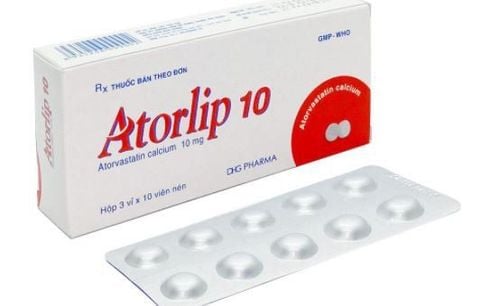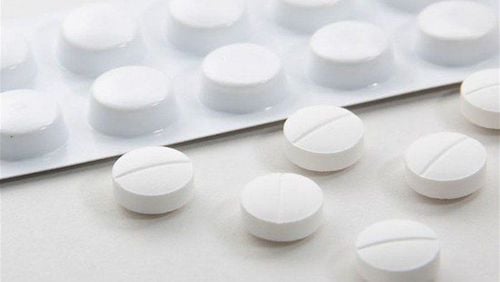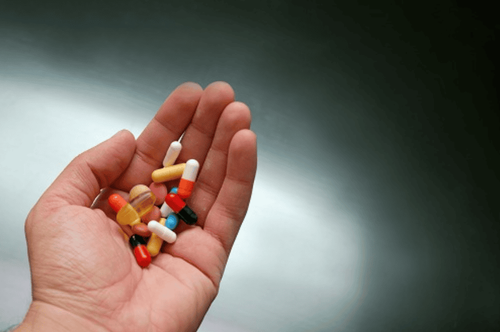This is an automatically translated article.
Question
The doctor asked me: How does the cholesterol and triglyceride levels of people with atherosclerosis increase or decrease? How's the index? Thank you doctor.
Anonymous customer question
Answer
Hi,
Atherosclerosis is the thickening and hardening of the walls of large and medium sized arteries, which is the cause of myocardial ischemia , ischemic stroke (cerebral infarction), peripheral vascular disease, abdominal aortic aneurysm... . Some risk factors related to atherosclerosis include: age, gender, genetic factors, hypertension, dyslipidemia, obesity, diabetes, smoking, sedentary lifestyle, sedentary,... Dyslipidemia, also known as dyslipidemia.
Here's a summary of the blood lipids and the explanations you need to know: Statistics according to the Total Cholesterol Index Explanation.
< 200 mg/dL (5.1 mmol/L): This is ideal and your risk of coronary artery disease is low. 200 - 239mg/dL (5.1 - 6.2 mmol/L): This is a borderline level, which needs attention. ≥ 240 mg/dL (6.2 mmol/L): You have hypercholesterolemia. People with this level are often twice as likely to have coronary artery disease than the general population. HDL Cholesterol (good):
< 40 mg/dL(1.0 mmol/L) (men) < 50 mg/dL(1.3 mmol/L) (women): Your HDL cholesterol is low. This is one of the main risks of cardiovascular disease. > 60 mg/dL (1.5 mmol/L) HDL cholesterol increases. This means good and protective for your body against cardiovascular risks. LDL Cholesterol (bad)
< 100 mg/dL (< 2.6 mmol/L): Very good 100 - 129 mg/dL (2.6 - 3.3 mmol/L): Get 130 - 159 mg/dL ( 3.3 - 4.1 mmol/L): Limit increase 160 - 189 mg/dL (4.1 - 4.9 mmol/L): Increase (high risk) ≥ 190 mg/dL (4.9 mmol) /L): Very raised (very high risk) Triglyceride index :
< 150 mg/dL (1.7 mmol/L): Normal 150–199 mg/dL (1.7 – 2.2 mmol/L) ): Increase limit 200–499 mg/dL (2.2 – 5.6 mmol/L): Increase ≥ 500 mg/dL (≥ 5.6 mmol/L): Very high Quite a lot of people have dyslipidemia pattern mixed blood, both increase LDL and decrease HDL, this increases the risk of cardiovascular disease much. Some people also have increased triglycerides, this is called a proliferative atherosclerotic dyslipidemia.
If you still have questions about how the cholesterol and triglycerides of people with atherosclerosis increase or decrease, you can go to the hospitals of Vinmec Health System to get further answers from specialist doctors. Thank you for submitting your question to Vinmec.
Master, Doctor Cao Thanh Tam - Cardiologist - Cardiovascular Center - Vinmec Central Park International General Hospital.














